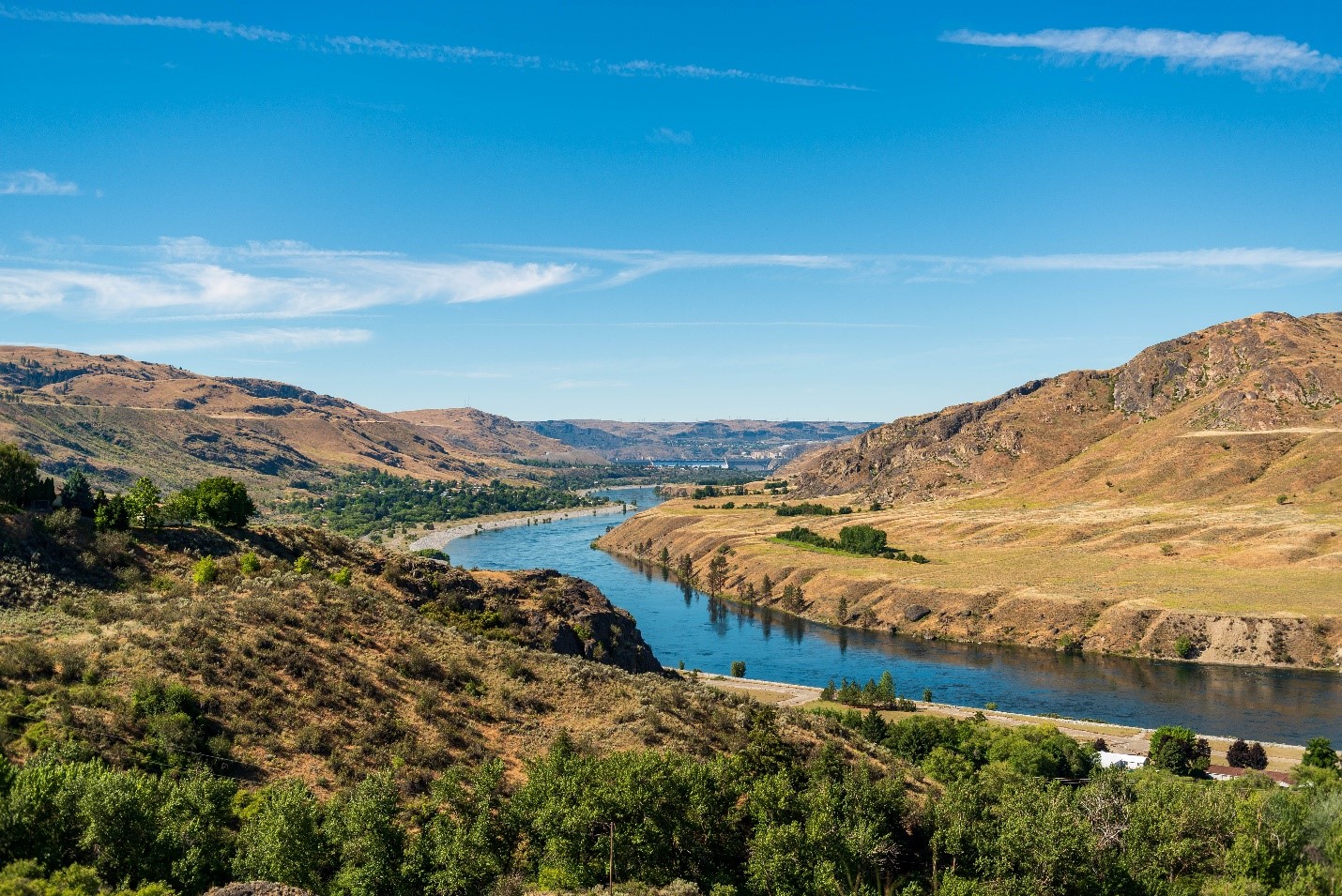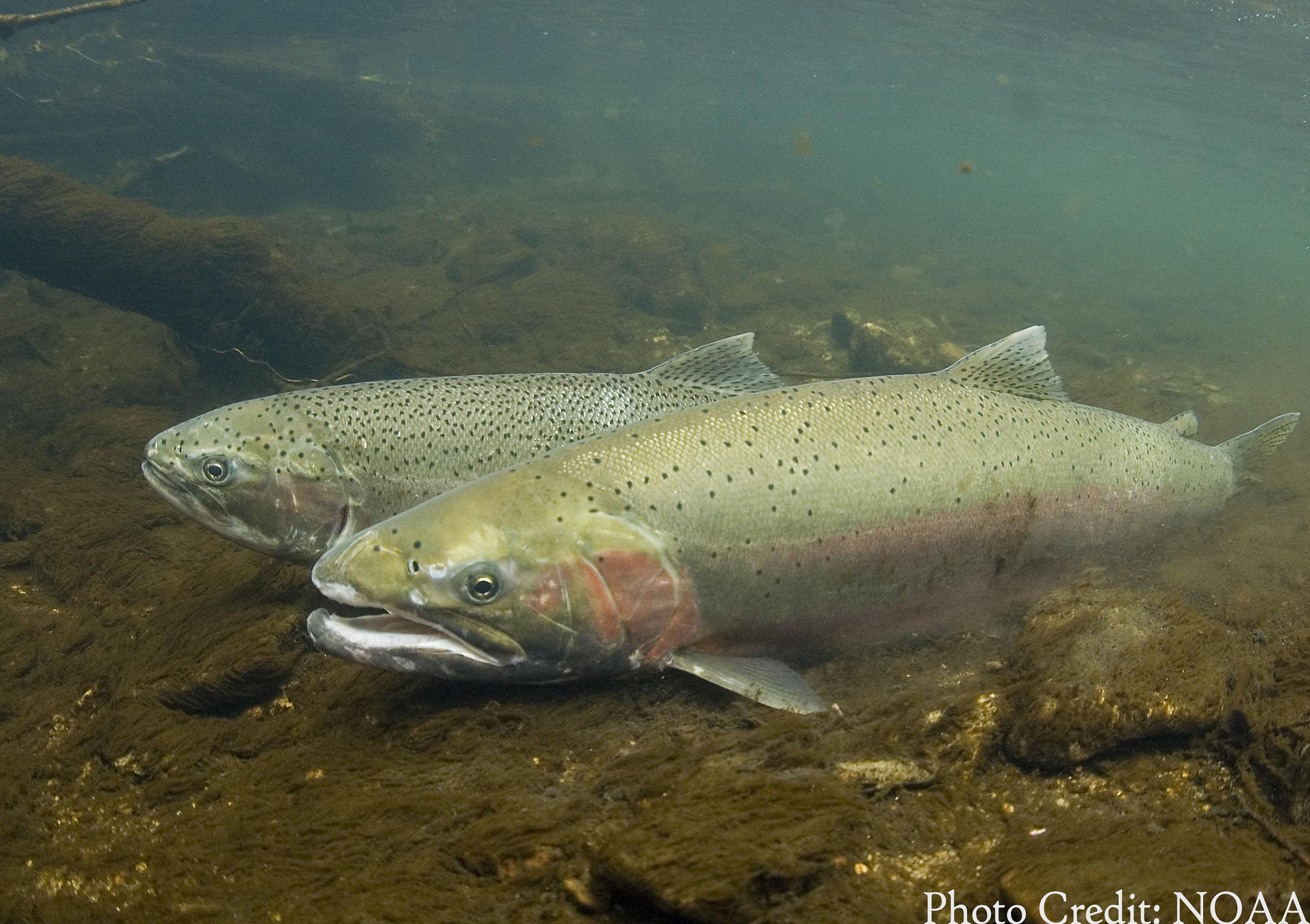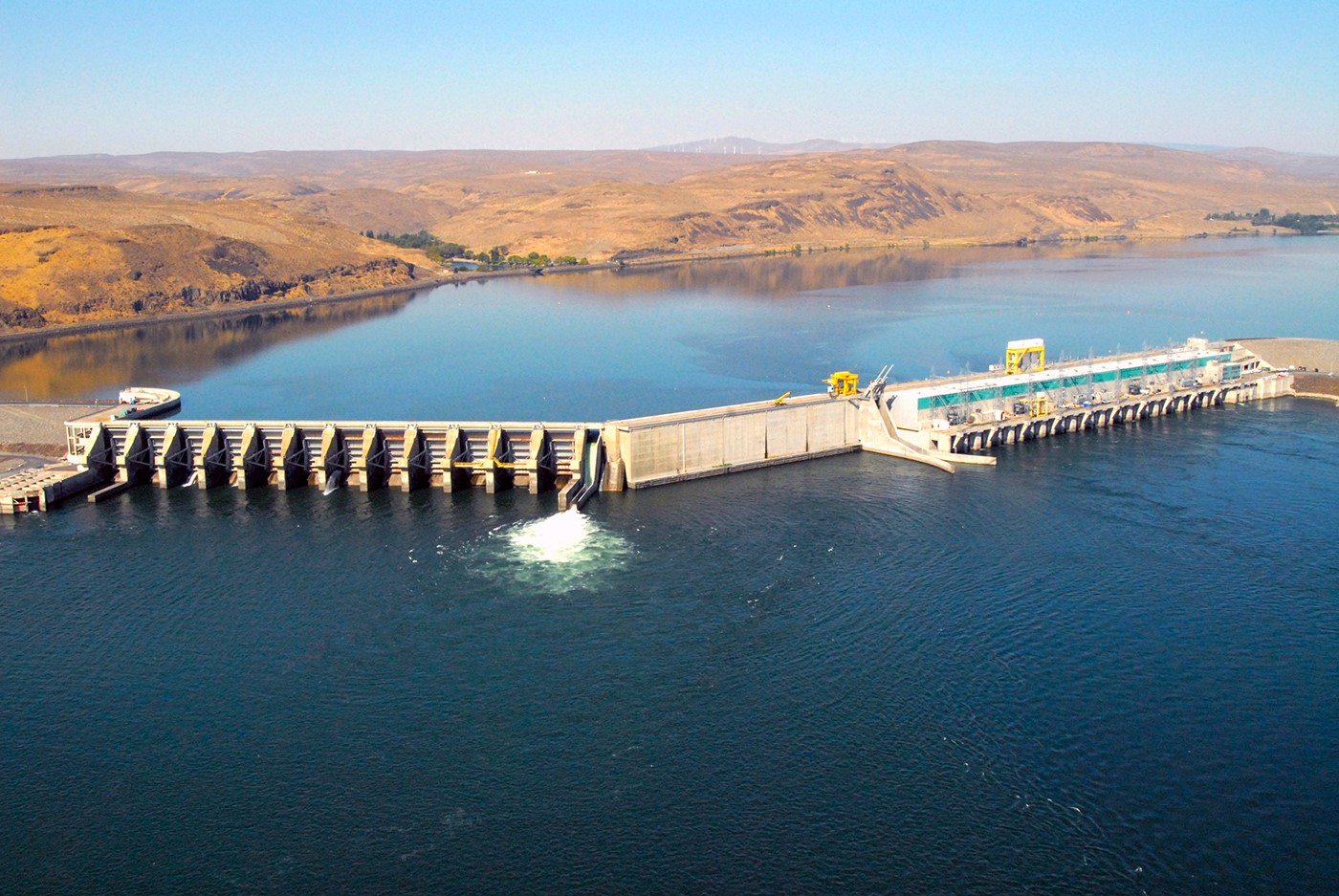
The U.S. Environmental Protection Agency (EPA) recently released their plan to reduce temperatures in the Columbia and Snake rivers. The plan, called a “Total Maximum Daily Load” or TMDL, is like a diet for temperature: it sets reduction targets for each source of temperature pollution — such as dams, businesses, and even climate change. If each of these sources meet its goal, temperatures in the rivers will remain at levels healthy for endangered salmon.
Unfortunately, as a diet, EPA’s proposal basically says “just eat healthy” instead of describing how many servings of fruits and vegetables people should strive for.
*By the way, USDA recommends 1 to 2 cups of fruits and 1 to 3 cups of vegetables a day, just in case you were curious.*
Temperature is complex; EPA, local governments, states, dam operators, tribes, farmers, and other people who depend on these rivers and the fish that live in them all play a role. We expected EPA to release a plan that would create a path for us to work together to address this regional problem. That didn’t happen. EPA’s plan lacks clear serving amounts for two of the major contributors: upstream sources and climate change.
Ecology, the Oregon Department of Environmental Quality (ODEQ), and our other partners across Washington and Oregon are committed to reducing temperatures and saving fish. We need EPA and the federal government to pull their weight in addressing the dominant sources of temperature pollution from dams, climate change, and upstream temperature sources.
We've submitted our comments to EPA detailing the changes we would like to see in the plan and summarized our key points below.
Things are heating up
In warmer months of the year (July-September), temperatures in the Columbia and Snake rivers rise. EPA’s research in the TMDL found that some sections of the rivers regularly reach 68 to 74 degrees. That’s too warm for salmon, and above Washington’s and Oregon’s state standards — the standards that all of the non-federal dams and state regulated sources are working towards.
SOS – Save Our Salmon
The Columbia and Snake rivers can reach temperatures that are too warm for salmon and above our state standards. Photo credit: NOAA
For 20 years, we've been working to reduce temperatures in the Columbia and Snake rivers to provide cool, clean water for salmon. We set temperature standards in the Columbia and Snake rivers to preserve spawning grounds for salmon and steelhead, and protect important migration pathways. The temperature standards are complex and differ in different areas of the rivers, but, generally, our standards require the water to be between 60 to 68 degrees Fahrenheit (that’s 16-20 degrees Celsius).
What is driving these hotter water temperatures in the rivers? There’s no single answer. That’s why the TMDL is so important. It sets temperature targets for all pollution contributors, which is a key step toward protecting and restoring the health of these rivers for both salmon and for orca that depend on them as their primary food.
Specifically, the plan identified that the temperature diet (allocation) should be split evenly into reductions required for dams, point sources (like a business or a wastewater treatment plant), and tributaries.
The plan identified the two major contributors in the warming of the Columbia and Snake rivers as dams and climate change. However, instead of giving climate change a clear temperature target and identifying actions that dam operators can take to address temperature — EPA’s proposed TMDL speculates that we should change the standards.
“It’s as if EPA has given up trying to protect salmon before we’ve even started,” said Vince McGowan, Ecology’s water quality program manager. “We are asking EPA to remove any mention of changing our standards and work with us to find ways to reduce temperature pollution. Addressing temperature is complex, but we believe that by all of us working towards the same goals, we will see progress in the Columbia and Snake rivers.”
We can’t fix this by ourselves
One reason it was important that the federal government draft this plan is because the Columbia and Snake rivers span two countries, cross several state lines, involve hundreds of local governments, and tribal jurisdictions. Collaboration and partnership between EPA and all of these partners will be key to this plan’s success.
EPA’s plan identified that increasing air temperatures caused by climate change are warming the Columbia and Snake rivers, especially in the summer months. In slower-moving sections of the rivers, that warmer air has more time to seep into the water and raise temperatures. That’s especially true in reservoirs behind the dams on the rivers.
The TMDL also identified sources in Idaho and Canada that are elevating river temperatures before the water even enters Washington. We're disappointed that EPA named these sources of temperature pollution without identifying actions that could be implemented to reduce their impacts.
We asked EPA to create measureable goals to prevent these upstream sources from harming salmon. Also, both Washington and Oregon are asking EPA to take responsibility to address the impacts of climate change.
We need the tools to do the job right
In order to protect salmon, we need to address all impacts associated with the hydropower operations in federal dams and dams operated by public utilities. Dams are a major contributor to temperature pollution because they slow down river flow and can create large, shallow pools of water that are easily warmed.
Washington state depends on federal hydroelectric dams as a source of electricity, and for water vital to irrigating Eastern Washington farmlands. The state has also invested billions of dollars in restoring threatened salmon runs.
There are 15 dams on the Columbia and Snake rivers, eight of these dams are federal dams. At the non-federal dams, we'vebeen working for 12 years with the operators to reduce temperatures and protect salmon through 401 certifications.
Tool in the box
Photo credit: Grant County Public Utility District
EPA’s TMDL is a key piece of how temperatures are regulated on the Columbia and Snake rivers, but it’s not the only piece of the puzzle.
Recently, EPA released draft National Pollution Discharge Elimination System (NPDES) permits for the federal dams. When federal agencies issue water quality permits, the U.S. Clean Water Act gives states the ability to condition those permits to ensure that they meet state standards through a 401 certification.
In May, Ecology issued 401 certifications for the eight federal dams to require them to address their temperature impacts and include the allocations from EPA’s TMDL into those permits. Since the TMDL identifies the temperature impacts of the dams, we plan to use these certifications as tools to work with EPA and the operators of the federal dams to reduce their temperature impact. However, the federal dam operator, the U.S. Army Corps of Engineers, has appealed our certifications.
It will be difficult for us to move forward implementing a temperature reduction plan for the Columbia and Snake rivers while one of the key players, the Army Corps of Engineers, insists the federal dams do not need to reduce their temperature pollution to meet state water quality standards.
Next steps
We committed to write a Washington state implementation plan, based on EPA’s plan, that will lay out a detailed strategy to reduce temperatures and protect salmon. Similarly, ODEQ will write a Water Quality Management Plan for Oregon’s implementation actions. We will work closely with ODEQ and our many partners along the Columbia and Snake rivers to align our implementation plans. To move forward, however, we will have to wait for the courts to decide on whether the federal dams need to take action to reduce their temperature pollution.
While the courts make decisions on Washington’s water quality certifications, we expect that EPA will continue their process to finalize their permits for the federal dams. We hope that EPA will be a partner and supporter as we search for answers to protect salmon in the Columbia and Snake rivers.
Contact
Stacy Galleher
Communications
Stacy.galleher@ecy.wa.gov
360-407-6722



